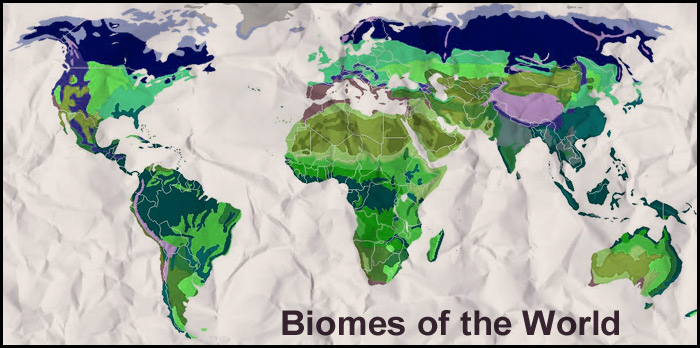Imagine that you’re given a puzzle to solve. But not just any puzzle—it’s a human being. The average human weighs about 137 pounds, and though it might not seem like it, it’s actually a huge puzzle of seven octillion pieces!
Each human being has about 10 major organ systems, e.g. the circulatory system or the endocrine system. Scattered among these organ systems are about 37,200,000,000 cells. The molecules in each of these cells (and outside them) could be undergoing hundreds of chemical reactions every minute. Finally, among all of these organs and cells, it’s estimated that there are 7,000,000,000,000,000,000,000,000,000 atoms.
Oh, and there are an estimated 7,449,654,529 people on the planet—and that number grows every second. Good luck puzzling it out!
How to Find More Fun Untamed Science Human Biology Information
We’ve organized the Human Biology portal into the major organ systems:

- Circulatory System
- Digestive System
- Endocrine System
- Excretory System
- Integumentary System
- Lymphatic System
- Musculatory System
- Nervous System
- Respiratory System
- Skeletal System
To find out more information about each of these systems, simply click the link here or in the sidebar at right. Within each organ system, you can find more in-depth articles about different components of the system. An article on blood could be under the circulatory system, for example, or an article about stomachs could be found under the digestive system page.
At the bottom of each organ systems page, we even have links to more relevant, fun articles. For example, an article about gluten-free diets can be found under the digestive system page. And throughout, our signature videos to help explain the concepts.
Why study human biology?
Luckily for us, we don’t have to solve the puzzle of ourselves from scratch. We know a lot about the human body today thanks to millions of curious people before us who had the ability to write down what they learned. Each day that passes brings even more knowledge from scientists and doctors all over the world studying the human body.
Human health is potentially much better today than it ever has been in history due to this collective knowledge. Humans used to die young from infectious diseases, like tuberculosis, whooping cough, and dysentery (which you may recall from the Oregon Trail video game). Even if you didn’t die young, you’d probably face a whole suite of parasites, low-level infections of all kinds, and no way to cure them.
Today, we hardly ever die from these problematic diseases (with a few exceptions). Even better, we’ve completely eradicated the deadly disease smallpox, and are on track to eradicate many more devastating threats, like polio and guinea worm disease (warning: don’t watch if you’re very squeamish!):
Where is the study of human biology going now?
Due to dramatic improvements in health care, we gradually started living even longer. This was a great thing (grandparents could finally meet their grandkids), but it brought a whole host of other challenges. Now that people are living longer, they may merely shift their problems from infectious diseases to more preventable diseases, like heart disease and obesity.
Understanding and curing preventable diseases are some of the most pressing issues that contemporary human scientists study. There are plenty of other opportunities as well; as the study of other areas of biology like genetics and ecology advance, new possibilities to cure diseases, give everyone a better life, and allow people to push their biology to the edge become open to us.
For example, scientists are trying to figure out how the human body can cope with being in space, starting with astronaut bone metabolism. Other scientists are trying to figure out how to prolong human lifespans, so we can enjoy a longer life. No matter which way you look at it, there will always be things that scientists can study to make our own lives better.
Why is it important for everyone to understand human biology?
Having a good understanding of how the human body works is essential for more reasons than just showing off for your friends at trivia competitions. Without a good understanding of basic human biology, you’re more likely to make bad health decisions, like not getting vaccinated for infectious diseases, buying into the latest fad (scam) product or trendy diet, or even believing that you could be a zombie:
There is an endless amount of fascinating information for people to learn about themselves, but luckily, you don’t have to learn it all. There are a few basic things that everyone needs to know about their own bodies, and you can explore that information in the panel at right or in the following articles on various topics of human biology!

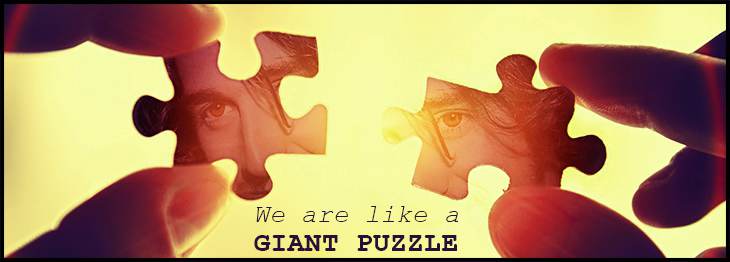

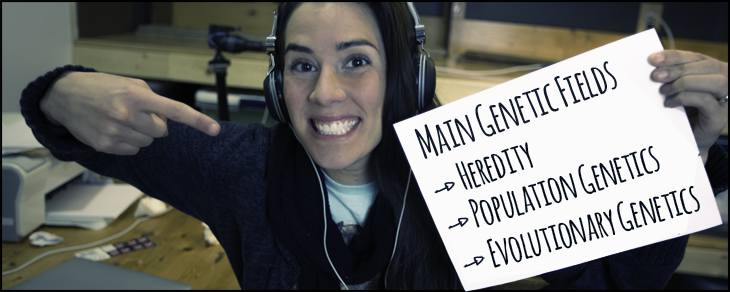
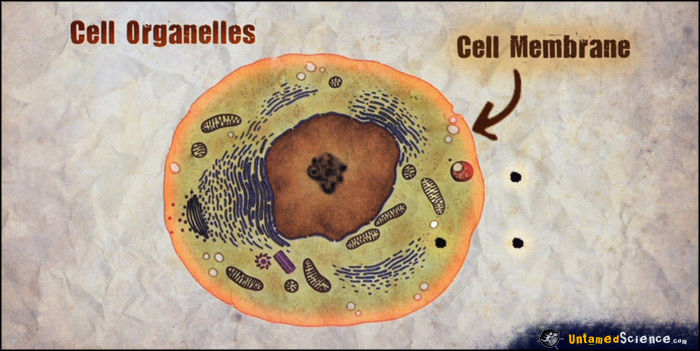
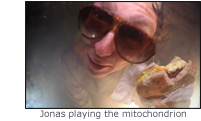 mitochondrion is the power plant of the cell. The energy that the cell uses for most of its functions is a small molecule called adenosine triphosphate (ATP). The mitochondrian converts glucose and oxygen to carbon dioxide, water, and ATP. This complicated process, called cellular respiration, involves many enzymes. Thanks to the mitochondrion, the cell can achieve 15 times more energy from each sugar unit than it would otherwise!
mitochondrion is the power plant of the cell. The energy that the cell uses for most of its functions is a small molecule called adenosine triphosphate (ATP). The mitochondrian converts glucose and oxygen to carbon dioxide, water, and ATP. This complicated process, called cellular respiration, involves many enzymes. Thanks to the mitochondrion, the cell can achieve 15 times more energy from each sugar unit than it would otherwise!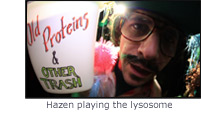 are small digesting machines. They are vesicles filled with enzymes that break down the food we eat into smaller pieces. The food has to be broken down for the cell to use it as an energy source or for the cell to be able to build larger molecules and organelles. The lysosomes can also recycle old, out-of-order organelles and build new fresh organelles out of the old parts. Lysosomes are also really good bodyguards for the cell since they can break down dangerous invading bacteria and viruses.
are small digesting machines. They are vesicles filled with enzymes that break down the food we eat into smaller pieces. The food has to be broken down for the cell to use it as an energy source or for the cell to be able to build larger molecules and organelles. The lysosomes can also recycle old, out-of-order organelles and build new fresh organelles out of the old parts. Lysosomes are also really good bodyguards for the cell since they can break down dangerous invading bacteria and viruses. nucleus is surrounded by a double membrane called the nuclear envelope. Inside the nucleus are long strands of DNA. The role of the nucleus is to maintain the integrity of the genes in the DNA and to control the activities of the cell. So the nucleus is the control center for the entire cell!
nucleus is surrounded by a double membrane called the nuclear envelope. Inside the nucleus are long strands of DNA. The role of the nucleus is to maintain the integrity of the genes in the DNA and to control the activities of the cell. So the nucleus is the control center for the entire cell! cell membrane separates the inside of the cell from the outer environment. The membrane is selectively permeable, meaning that it can control what enters and leaves the cell. The membrane is basically made up of a double layer of lipids called the phospholipid bilayer. These lipids are hydrophilic on one side and hydrophobic on the other.
cell membrane separates the inside of the cell from the outer environment. The membrane is selectively permeable, meaning that it can control what enters and leaves the cell. The membrane is basically made up of a double layer of lipids called the phospholipid bilayer. These lipids are hydrophilic on one side and hydrophobic on the other.